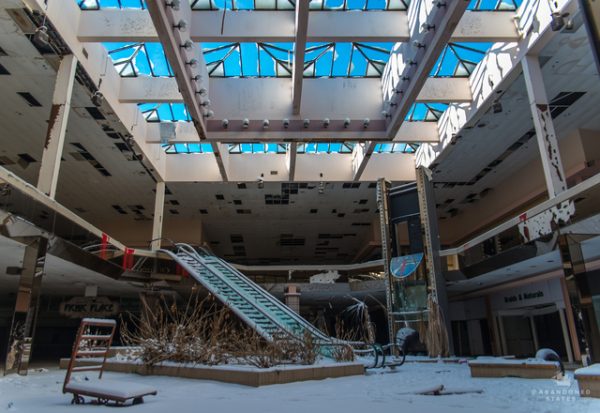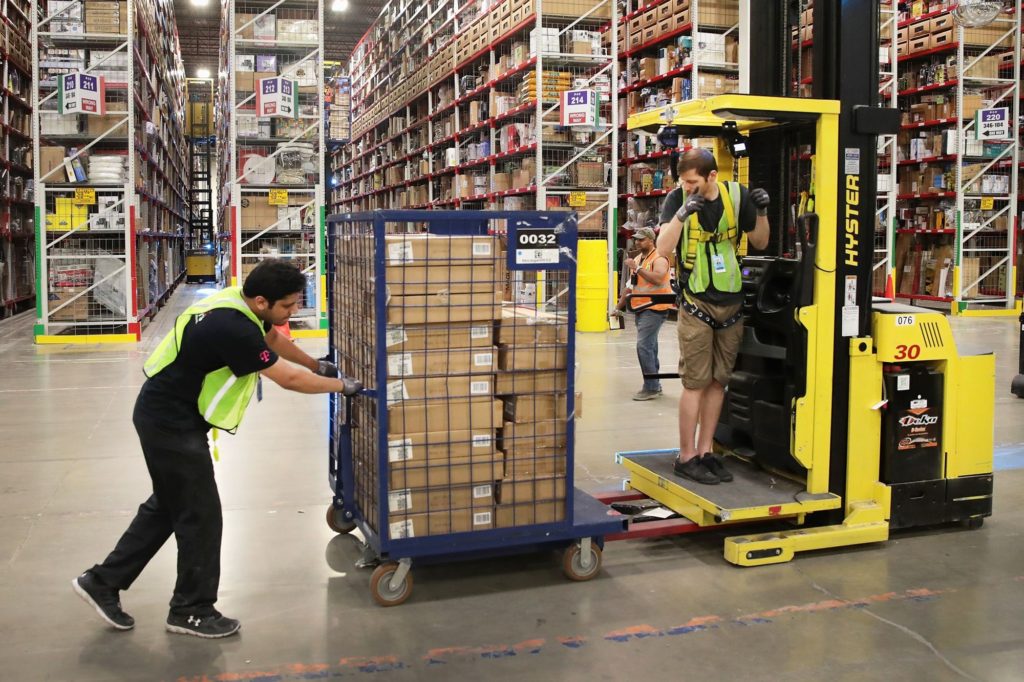Online retailer Amazon has spent the past two decades luring shoppers out of stores and onto the internet, leading a retail transformation resulting in a wake of dead malls. Now the Seattle-based company is buying more of those empty shopping centers, converting them into warehouses for processing deliveries to consumer doorsteps. The company plans to open two more Ohio warehouses, including one at the site of a closed mall in Akron, the third shopping center in northeastern Ohio the company has bought and converted into a fulfillment center. Around the country, at least 24 projects exist where developers have turned closed malls and shopping centers into logistics properties since 2016, with almost 8 million square feet of retail either converted to or replaced with 11 million square feet of new industrial space. Among the advantages of converting malls to logistics facilities are their locations near population centers, making it easier to provide next-day or same-day delivery to customers, with easy access to highways and mass transit and water, sewer and parking systems already in place.
With online shopping increasing at roughly four times the rate of total retail sales and cutting deeper into spending at physical stores, owners are stepping up the sale or conversion of dead malls and distressed shopping centers, particularly in suburbs and rural areas most vulnerable to the effects of e-commerce and store closings, CoStar Portfolio Strategy Managing Consultant Drew Myers said in the midyear State of the U.S. Retail Market report. The converted malls and big-box retail stores favored by Amazon and other logistics developers are mostly in areas with lower median household incomes than the national average where industrial space is also in short supply, which makes the properties more valuable as industrial space than retail.



